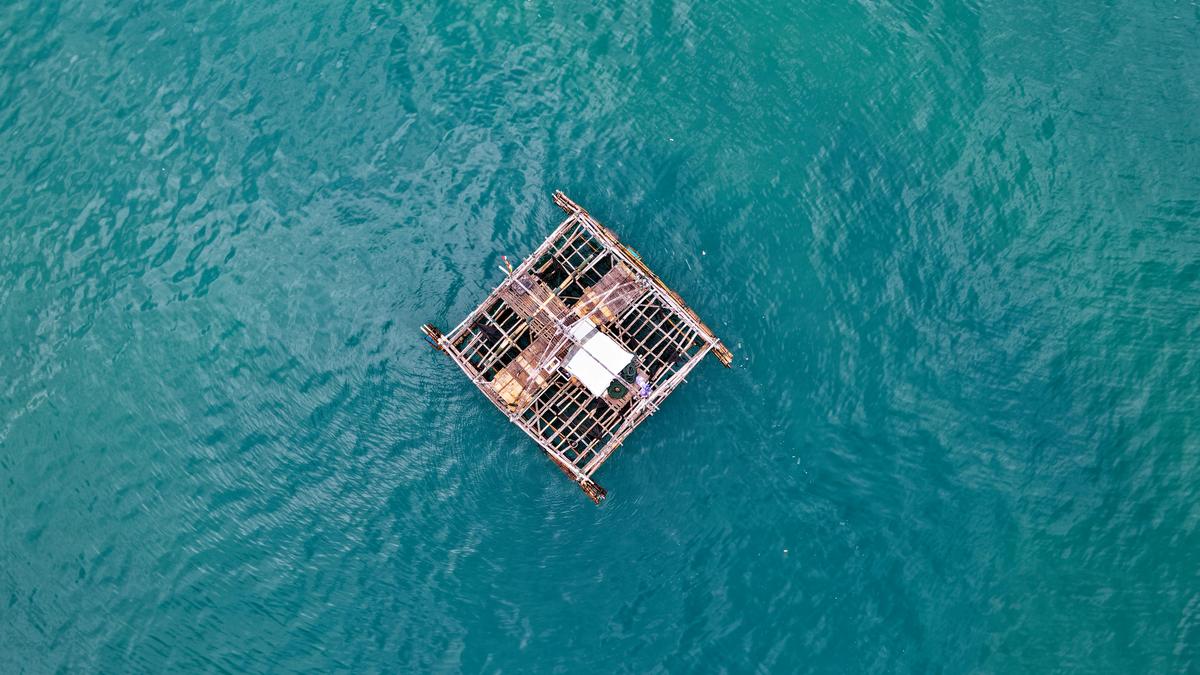
Lindemann and the art of survival
The Hindu
On October 20, 1956, Dr. Hannes Lindemann began his voyage across the Atlantic Ocean. If that doesn’t sound impressive, the fact that he did it alone in a small foldboat should provide more context. A.S.Ganesh takes a look at Lindemann and his quests for surviving against the odds…
Crossing the Atlantic Ocean has held the human imagination for a very long time. While there is no record as to when humans first made this epic voyage from Africa or Europe to the Americas, or vice versa, the possibility that the ancient Egyptians succeeded at it can’t be ruled out.
Italian explorer Christopher Columbus’ voyages across the Atlantic, which were well documented, were pivotal to increased awareness among Europeans about the American continents. Even though thousands of vessels of different kinds had made the trip across the Atlantic by the 19th Century, it was only in 1876 that the first solo crossing took place. Alfred Johnson, who saw it as a celebration of the first centennial of the U.S., made the trip from Gloucester, Massachusetts to Abercastle, Wales.
While the successes were celebrated, those times were still pockmarked with plenty of mishaps owing to the many challenges. Even in the 20th Century, the question of surviving at sea for a castaway still interested many in the field of science. German doctor Hannes Lindemann was one of them.
Born in Germany in 1922, Lindemann worked his way through several jobs to pay for his medical school. Even as a student he often used himself as a test subject to find out more about human endurance.
Having begun practising medicine in Liberia in 1953, Lindemann was hoping to settle into a comfortable life as a doctor. As fate would have it, Lindemann met Frenchman Alain Bombard, a fellow physician who had taken an interest in survival at sea. Bombard had drifted across the Atlantic in a small rubber boat in 1952 with minimal provisions and had become an instant legend in France.
Lindemann was drawn to the idea of helping address the issues that were behind poor survival rates of sailors – many had lost their lives during World War II, despite being on lifeboats. Doubting some of Bombard’s claims, Lindemann decided to test it for himself.
Lindemann made his first solo crossing of the Atlantic in 1955 aboard a 25’ dugout canoe. The voyage took him 65 days and even though he was able to find solutions for many of the physical challenges, he wasn’t content.













